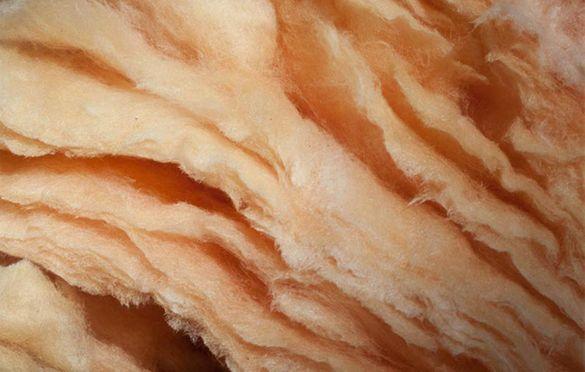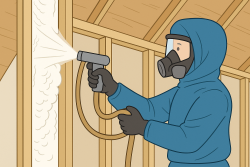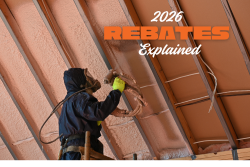Reitzel Insulation are experienced insulation contractors GTA with a 40 year history of offering quality spray foam and blown-in insulation service, insulation removal, and fireproofing services. No matter what type of insulation project you have in mind, Reitzel Insulation has the expertise to handle it.
In celebrating our history of service to Kitchener-Waterloo, Hamilton, Mississauga and the surrounding communities, Reitzel Insulation’s experts felt this would be a great opportunity for our past and future clients to learn a bit about the history of our products, or more accurately, the history of insulation.
FROM ANCIENT GREEK TO CONTEMPORARY DESIGN
Since the beginning of civilization, humans have recognized the need for insulation. People clothed themselves with wool and skins from animals. The history of insulation comes about because of the history of structural engineering - building homes of wood, stone, earth, and other materials for protection from the cold of winter and the heat of summer.
In the old days to be able to build a building you had to use a lot of material, 10 inches of wood or 12 inches of adobe - and it had to be solid. Ancient Greeks discovered asbestos, and the Romans used cork for insulation. Mineral fiber was first used by the natives of the Hawaiian Islands to blanket their huts. The fibers came from volcanic deposits where escaping steam had broken the molten lava into fluffy fibers. Man-Made mineral fibers were developed in the early industrialization period when steam was injected into molten slag, a waste product from iron furnaces, and it has since been widely used for both building and industrial insulation. Sawdust used to be a pretty popular insulation product, but it no longer has a standard and if it doesn’t have a standard, it can’t be accepted into a code.
Today materials manufactured from fiberglass, ceramic, mineral wool, calcium silicate, foamed plastic, glass, and other substances are used in many shapes and forms. The most widely used material is fiberglass which is available in loose fill, blanket, board, and molded pipe shapes. With spray polyurethane foam insulation, either closed or open cell foam insulation, we have suppressed all convection - no air movement goes through it. That’s one reason why all foam insulation gets higher R-value.
When it comes to contemporary insulation, the density of the insulation material matters - moisture content, airspace content, and temperature difference all matter. The combination of the insulation and the air in it is actually what gives us the R-value. The R-value is a measure of thermal resistance, or the ability of heat to transfer from hot to cold, through materials (such as insulation) and assemblies of materials (such as walls and floors). The higher the R-value, the more a material prevents heat transfer.
Today there are environmental concerns, climate change, and more demanding comfort standards impacting insulation decisions. Contact Reitzel Insulation at 226-241-9991 today for our 5 year workmanship warranty, our professional insulation contractors GTA, and our second-to-none project clean-up procedures.

















